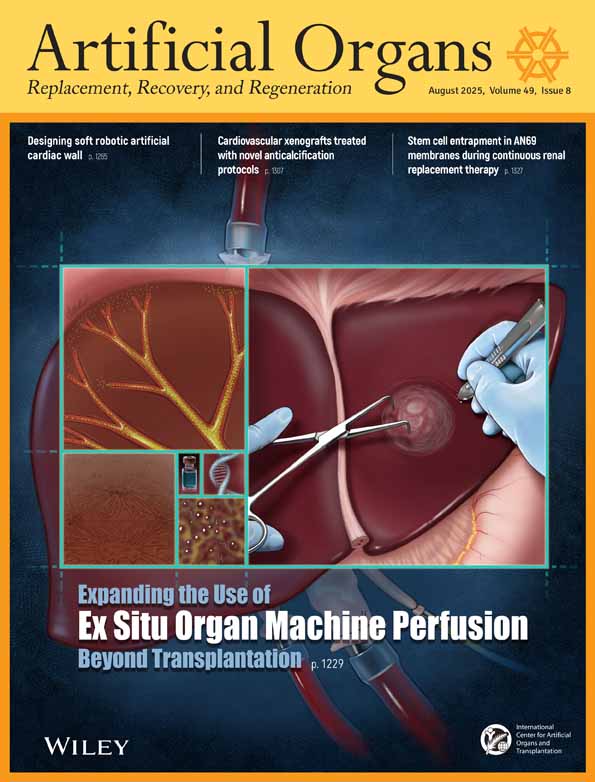A Clinical Study for the Durability of Oxygenators on Cardiopulmonary Support
Abstract
Abstract: Cardiopulmonary support (CPS) requires durability of the oxygenator. The life span of the oxygenator is affected by various clinical factors, including patient condition, perfusion condition, and equipment usage. Predictors for the durability of oxygenators were evaluated clinically in this study. Thirty-two patients, who had undergone CPS during the last 3 years in our institute were assigned to this study. Fifty oxygenators had been used (Capiox SX in 19, CB Maxima in 23, and AL-6000 in 8). Significant predictors for the durability of oxygenators were evaluated by nonparametric survival analysis and proportional hazards regression analysis. Univariate regression analysis revealed 6 significant predictors for the life span of oxygenators. These were the oxygenator type, type of centrifugal pump, acidosis with blood pH less than 7.35, base excess less than -5, blood glutamic-oxaloacetic transaminase (GOT) levels greater than 1,000 IU, and blood lactate dehydrogenase (LDH) levels greater than 3,000 IU. After multivariate analysis, there remained only 2 significant predictors. An oxygenator used with a noncoated CPS system (Capiox SX with Capiox EBS) proved to have a significantly shorter life span than one used with a heparin-coated system (CB Maxima or AL-6000 with CB BP-80) (hazards ratio, 3.588, p = 0.0065). Patient conditions, which revealed acidosis with less than -5 of base excess, significantly shortened the life of the oxygenator (hazards ratio, 3.595, p = 0.0188).




